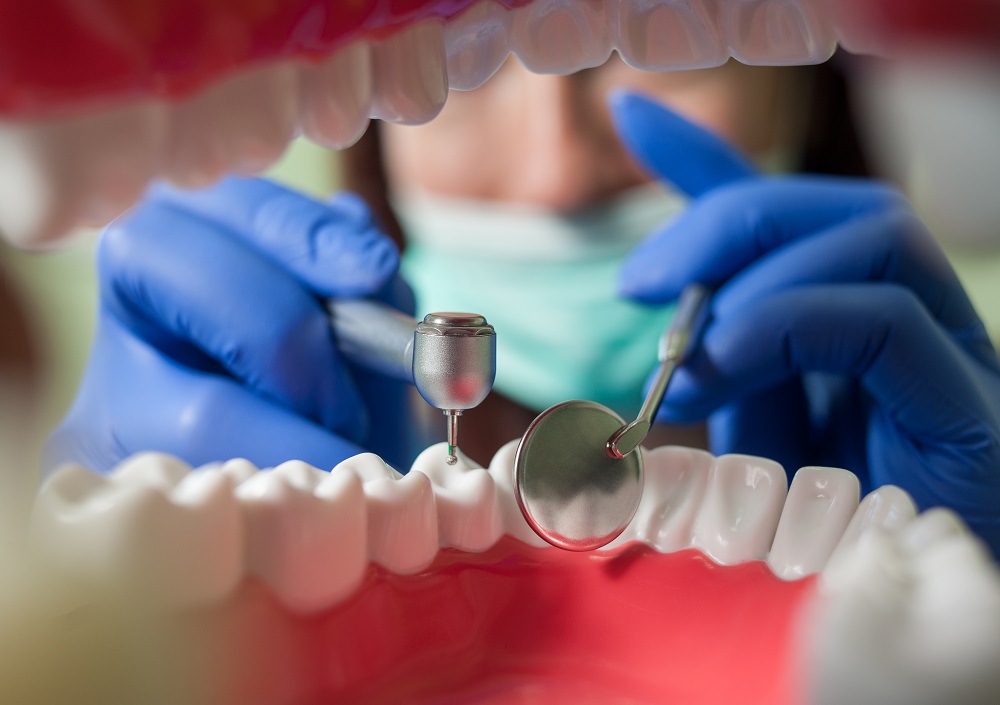- Home
- About us
- Doctors
- Our Services
- Braces – Orthodontics
- Periodontal Treatment – Periodontology
- Esthetic Dentistry
- Implant
- Ceramic Fillings
- Oral and Maxillofacial Surgery
- Pedodontics
- Root Canal Treatment – Endodontics
- Photo Gallery
- Contact


Everyday new materials are developed related with the innovations in technology. Composite structures that have been applied from past and present are developing rapidly. However, there are situations that composite structures are insufficient when we talk about wide and deep cavities. Therefore the approach for deep and wide cavities include filling the tooth and then preparing a crown on it to prevent breakage. But this situation leads more tissue loss for teeth that already lost their too much structure.
Therefore, ceramic fillings should be used for teeth with too much tissue loss rather than traditional composite fillings.
Ceramic fillings are called inlay, onlay and they are prepared indirectly by taking an impression and sending it to laboratory after preparing the tooth with tissue loss. Subsequently the ceramic filling is adapted and bonded on the tooth.
They have a big advantage, they are more resistant than classical fillings but also they have the disadvantage of cost and requirement of more than one session. However they are frequently preferred due to their resistance and long usage life.
They are treatments performed for teeth with tissue loss due to caries or trauma. Choosing the composite material according to the location of the tooth is effective for long term esthetic and function. Thanks to the fillings with high quality and composite structure chosen according to the location (molar tooth or anterior region), teeth can be polished more in anterior region and have more resistance to loads in posterior region.
For fillings on anterior region, different layers of tooth can be imitated by layering method and thus an appearance close to natural teeth is obtained after mock up procedure. Procedures like covering diastema, treating minimal crowding or composite laminates can successfully be performed by layering method.
